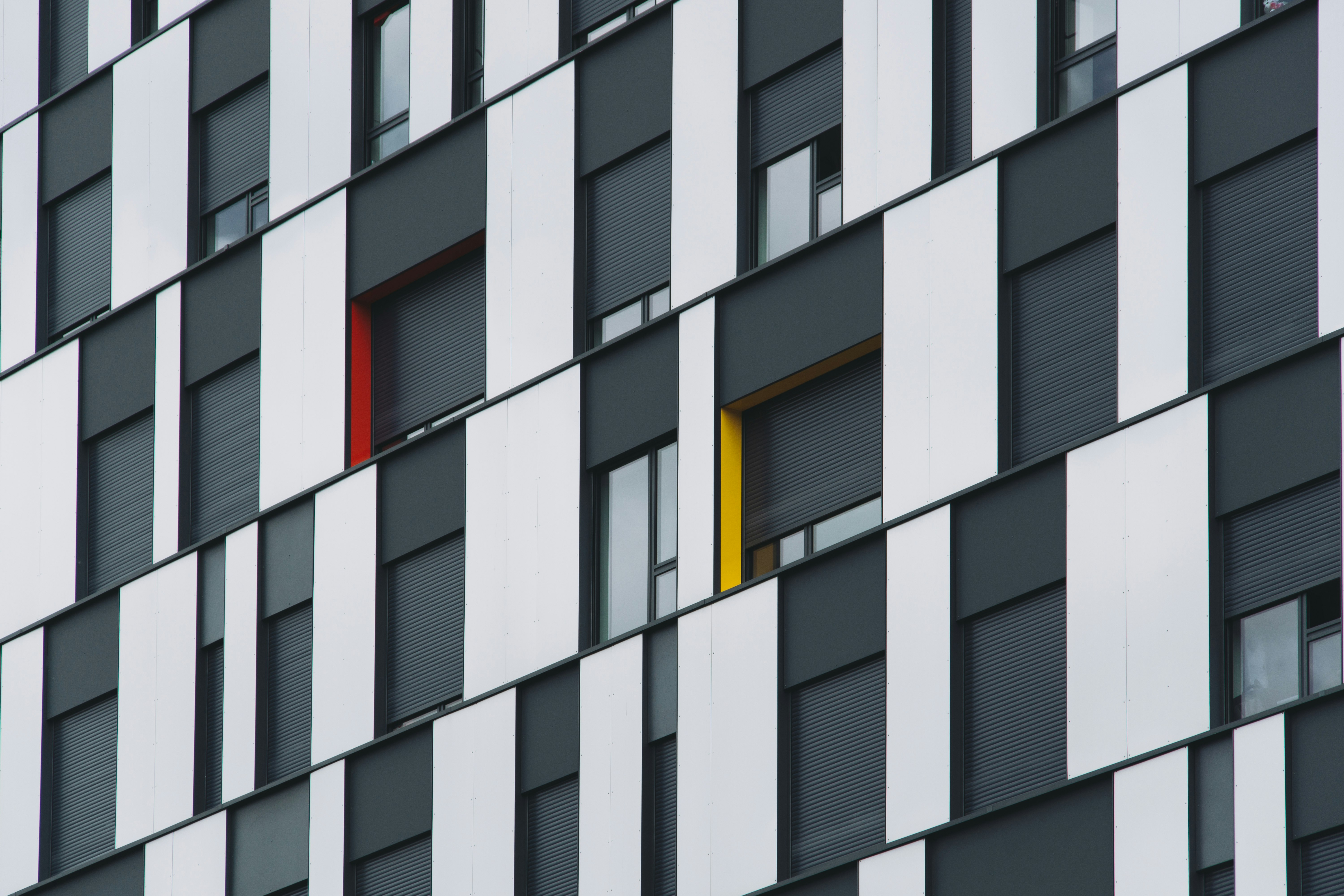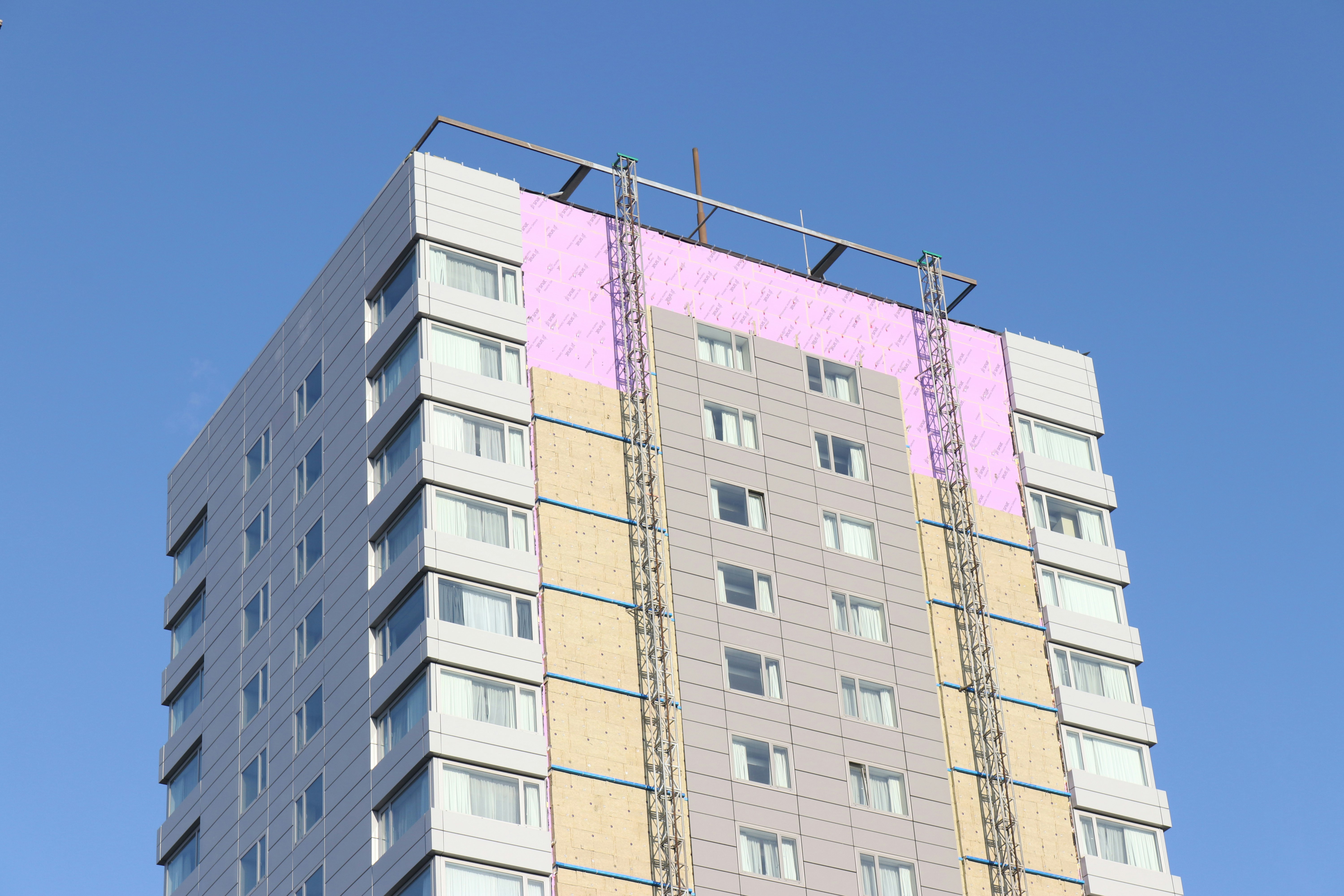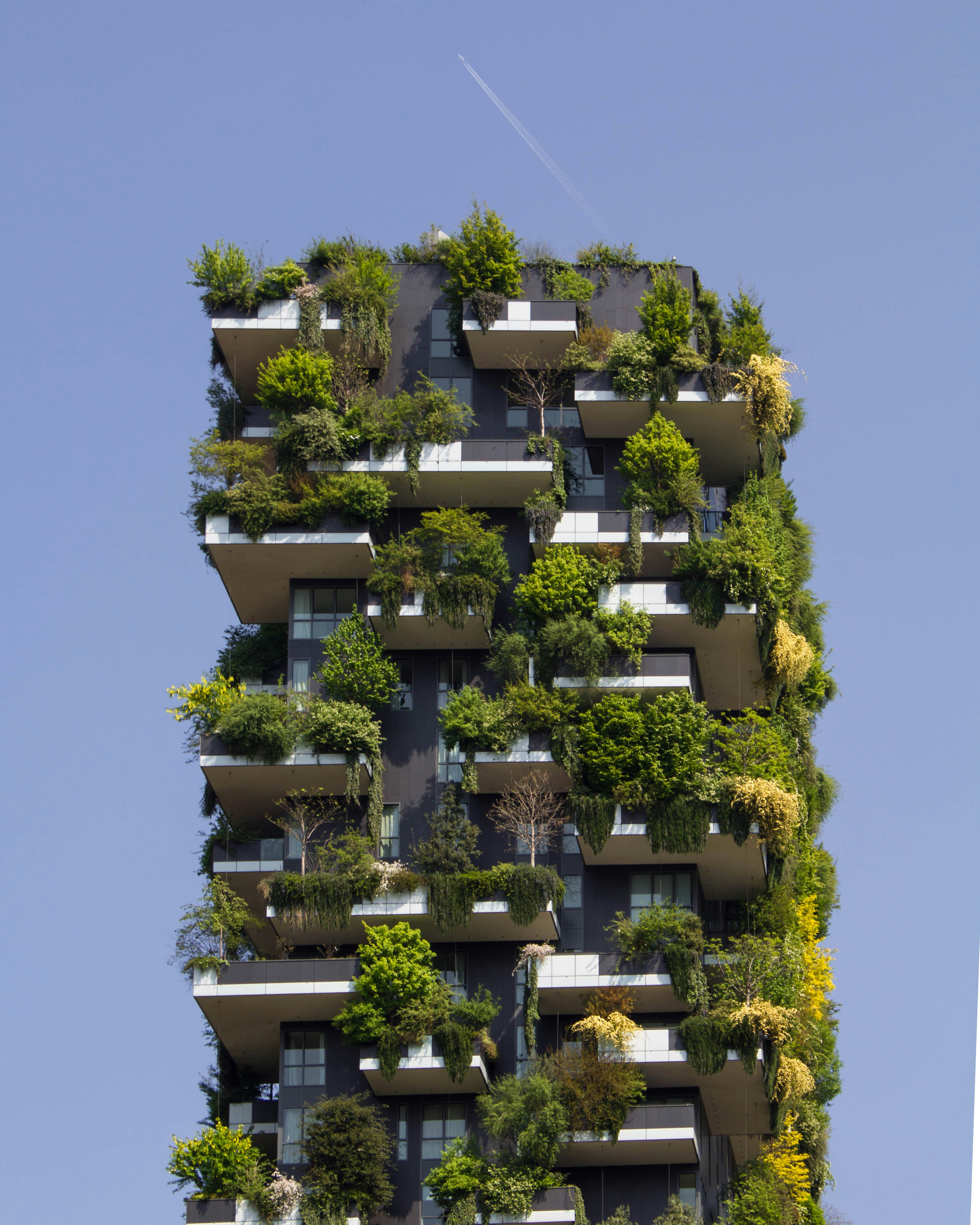Building permit authorizations also dipped from March to April, but stayed above 2017’s mark. Completions rose both month-to-month and year-to-year, according to the Census Bureau, with completions nearly 15% over April of last year. Building permits issued were 1.8% below March’s rate, but 7.7% higher than last year.
Bucking the trend, completions were up 2.8% from March to April. “We expected some pullback this month after such a strong March report, but housing starts remain at very healthy levels in April,” said National Association of Home Builders (NAHB) Chairman Randy Noel, a home builder from Louisiana.
“With homeownership rates on the rise, demand for single-family homes should continue to spur production in the months ahead.” The primary impetus for the drop, according to the NAHB, are multifamily homes—including condos and apartment buildings—which saw a large uptick in March before dipping in April. Multifamily housing starts fell 11.3% to a seasonally adjusted rate of 393,000 units. Single-family starts barely moved the needle, rising 0.1% to 894,000 units. According to information from the NAHB, overall, March marked an 11-year housing production high.
“Single-family starts are up 8.3% for the first four months of the year relative to the start of 2017, which is higher than our forecast and bodes well for the rest of the year,” said NAHB Chief Economist Robert Dietz in a statement. “However, builders must manage supply-side hurdles, such as ongoing building material price increases and shortages of land and labor, to meet growing housing demand. Lumber prices continue to rise, with recent increases adding more than $7,000 to the price of an average single-family home.”
The Commerce Department recently placed tariffs on Canadian Lumber, averaging 20%, prompting NAHB CEO Jerry Howard to meet Commerce Secretary Wilbur Ross last month. Howard expressed concerns the tariffs are “harming housing affordability, home builders and consumers by artificially inflating lumber prices, which are running at an all-time high,” according to the NAHB.
In April of last year, Wilber estimated roughly $15 billion worth of softwood lumber is used in houses in the U.S., and approximately 31.5% of that, or $5 billion worth, comes from Canada. The tariffs would net about $1 billion per year, he said.
“We do not think that the price of lumber will go up by anything like the 20%, but there may be some small increase in the price of lumber for the house,” he said during a White House press briefing.
Combined single and multifamily starts saw the biggest declines in the West and the Midwest regions, dropping 12% and 16.3% respectively, according to the NAHB statistics. Housing starts in the northeast dropped 8.1%. The south fared well, comparatively, with production actually increasing more than 6%. The May report is set for distribution June 19, according to the Census Bureau.












